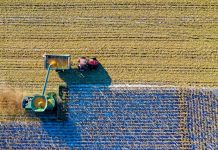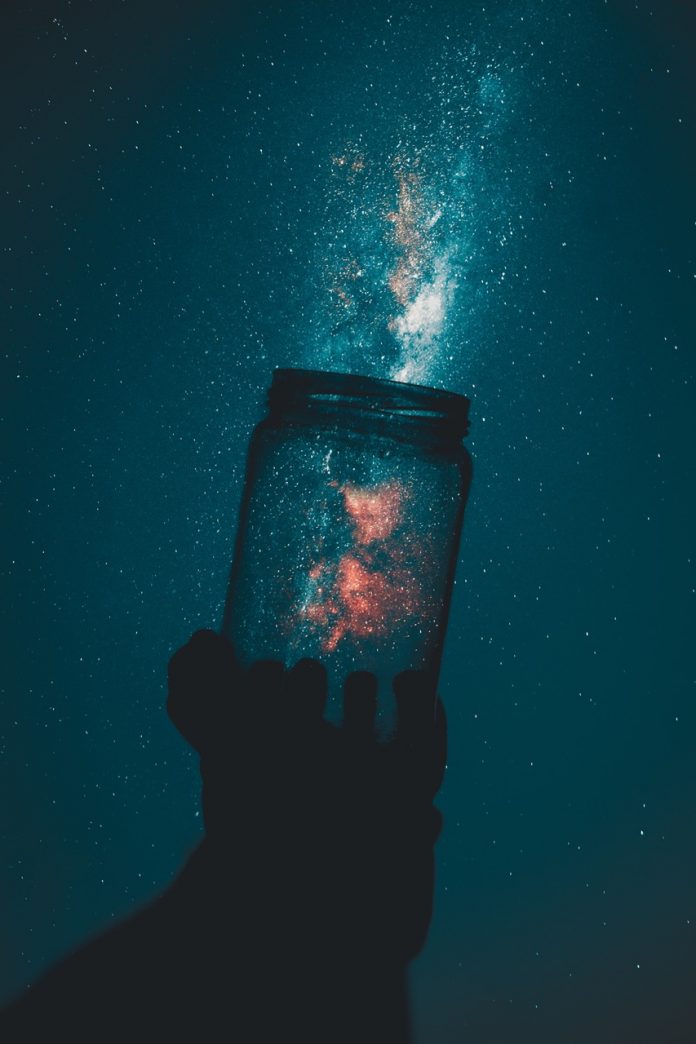Australia is now the proud owner of the oldest known substance on the planet, after a discovery was made in a Victorian meteorite.
It turns out that a meteorite that crashed in the small town of Murchison in 1969brought with it some mineral dust that the team at Rutgers University were able to analyse. By looking at the chemicals within the minerals, they were able to discover that one of the tiny little pieces were over seven billion years old – which equates to roughly half the age of the entire universe.
This means that the stardust from the meteorite that chose to call Australia home is older than both the planet and even the Sun, which have the respective ages of 4.5 and 4.6 billion years old; millennials compared to this boomer space-rock.
Phillipa Heck, who has the pretty sweet title of cosmochemist,co-authored the research and investigated what the stardust contained, and said that the grains examined are “parts per million”, a “tiny fraction of Murchison.”
To simply the science behind all thisas much as possible, basically the grains from the stardust from the Murchison meteorite are exposed to cosmic rays in the universe, and it’s the effect on the grains these rays have that allow scientists like Heck to roughly pin-point their birthday.
Meteorites are the closest material we have availableto being able to analyse stars, which is what makes the one that landed in Murchison way back in the 60’s so crucial to research about our galaxy’s history.
So there you go, ‘Straya. Home to the oldest civilisation on Earth, and now the oldest piece of stuff too. Not bad.

![5 Reasons You Should Travel Alone Airplane [image source: chau nguyen/ http://thedevilhatessweatpants.blogspot.com.au ], crowd ink, crowdink, crowdink.com, crowdink.com.au](https://crowdink.com/wp-content/uploads/2016/08/Chau-airplane-218x150.jpg)




























![5 Reasons You Should Travel Alone Airplane [image source: chau nguyen/ http://thedevilhatessweatpants.blogspot.com.au ], crowd ink, crowdink, crowdink.com, crowdink.com.au](https://crowdink.com/wp-content/uploads/2016/08/Chau-airplane-100x70.jpg)


